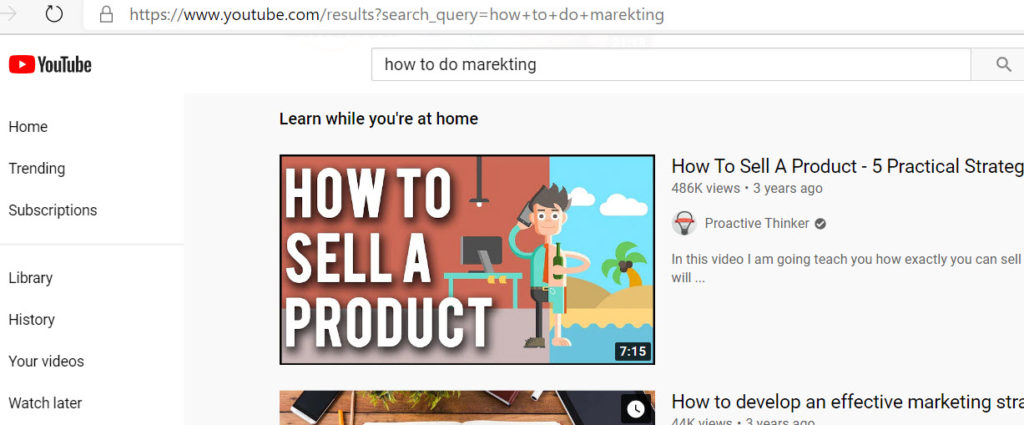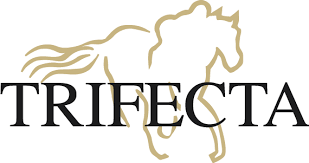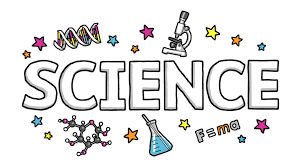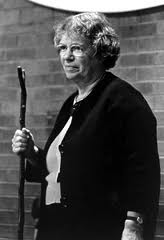Anthropology and Brand Planning.
Cultural anthro-pology is something I learned to love at Rollins College. Margaret Mead was a superhero of mine. Watching people, understanding their behaviors from a functional and symbolic standpoint and recording patterns is not easy. But it can be dull. Hee hee. This college line of study helps me quite a bit in my current brand planning practice.
When working with retailers with multiple SKUs (products), it’s not unusual for a client to try to wants to sell one piece more than another. Usually it has to do with higher margins. Sometimes it’s ease of production — as in, it used less materials, energy, manpower. Passion and ego also come into play. It’s important to know these things. But what is even more important to know is what “customers want to buy.”
I call this pent-up demand or simply demand.
The anthropologist in me says to study consumer desires and needs. Why they desire and/or need the product? How they manifest that desire? What role it fulfills in their lives, both functionally and symbolically.
Marketers may like to sell product A but if consumers want to buy product B the marketer needs to readjust. Once the marketer understands the purchasing motivation, s/he can choose to evolve product A or back-burner it in favor of B.
This is brand work. This is behavioral work. This is removing one’s self from the marketing equation…one of the first lessons of anthropological study.
Peace.










